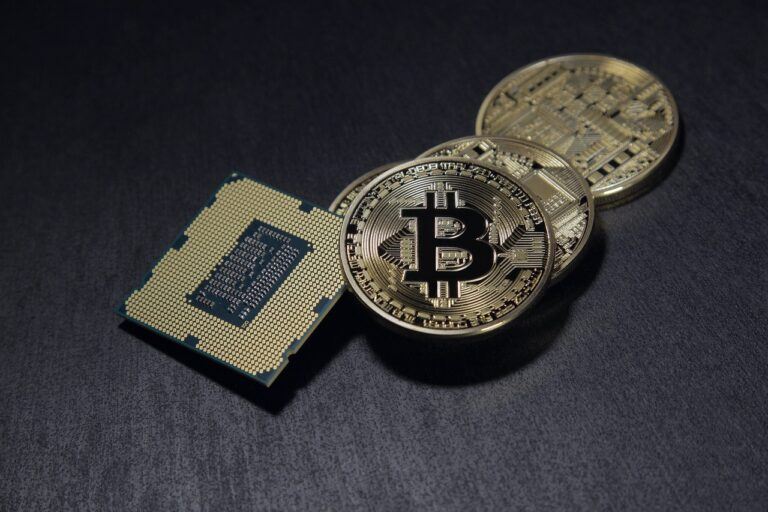The Great Lakes Science Center, a large US-based museum and education center focused on building a community that is actively involved in “science, technology, engineering, and math”, recently announced that it will start accepting bitcoin (BTC) payments on November 13th.
Contributing To The Blockchain Ecosystem
Kirsten Ellenbogen, the president and CEO of Cleveland, Ohio’s Great Lakes Science Center, said the museum decided to accept BTC as payment in order to make positive contributions toward the growth of the innovative blockchain industry.
Ellenbogen remarked:
There is a lot of excitement around the conference. Accepting bitcoin is just a small part of the momentum to grow a blockchain ecosystem in Cleveland.
As most crypto enthusiasts would know, an increasing number of organizations have started working on blockchain-related projects, while also becoming more receptive toward accepting payments in cryptocurrency.
Many Organizations Accept Crypto Now
As Cryptoglobe reported in late September, Hublot, a Switzerland-based luxury watch company, had partnered with digital asset broker, OSL, in order to integrate bitcoin payments on its e-commerce website. Notably, Hublot managed to sell 210 pieces of a limited edition, bitcoin-themed sports watch – which generated $5.25 million for the company as each piece was priced at $25,000 (in BTC).
The Great Lakes Science Center is not the first major museum to accept bitcoin payments as the Texas-based Museum of the Coastal Bend and Florida’s St. Petersburg Museum of History were among the first museums to accept BTC payments.
However, there are still relatively few museums and merchants who are willing to accept cryptos (due to their volatile nature), and the Great Lakes Science Center is reportedly only the third museum that will officially start accepting bitcoin as payment.
Five Years Later, Bitcoin Adoption Has Increased Significantly
When the Museum of the Coastal Bend first began accepting crypto in 2013, a museum representative had said:
I have to admit, I’m skeptical that anyone will visit and use BTC. But it doesn’t cost us anything to try, and it’s pretty cool to say that we’re the first. Also, admission is pay-what-you-want, in case anyone was wondering how many of their hard-earned BTC they would need to spend here.
In 2013, the bitcoin price fluctuated between $266 and $1,242 – which is considerably lower than its current trading price of about $6,500. Moreover, many people from all walks of life are now aware of bitcoin and other digital currencies – even though the vast majority (99%) of the population is still not actively involved with them.
Many analysts believe it is only a matter of time before cryptocurrencies achieve mass adoption as they often note that large financial institutions such as the Intercontinental Exchange (ICE), Fidelity Investments, and (maybe) Nasdaq are working on various digital currency related projects.








